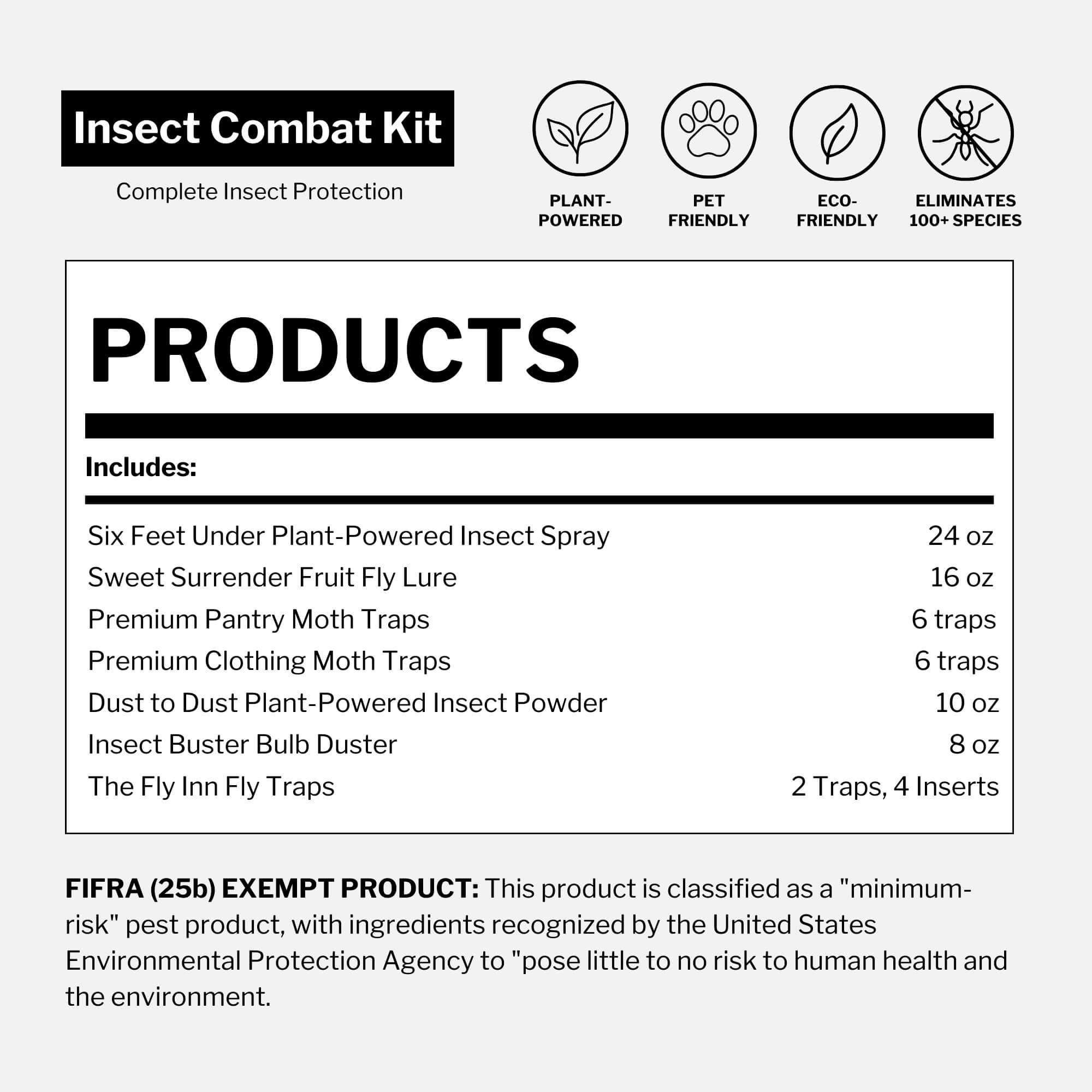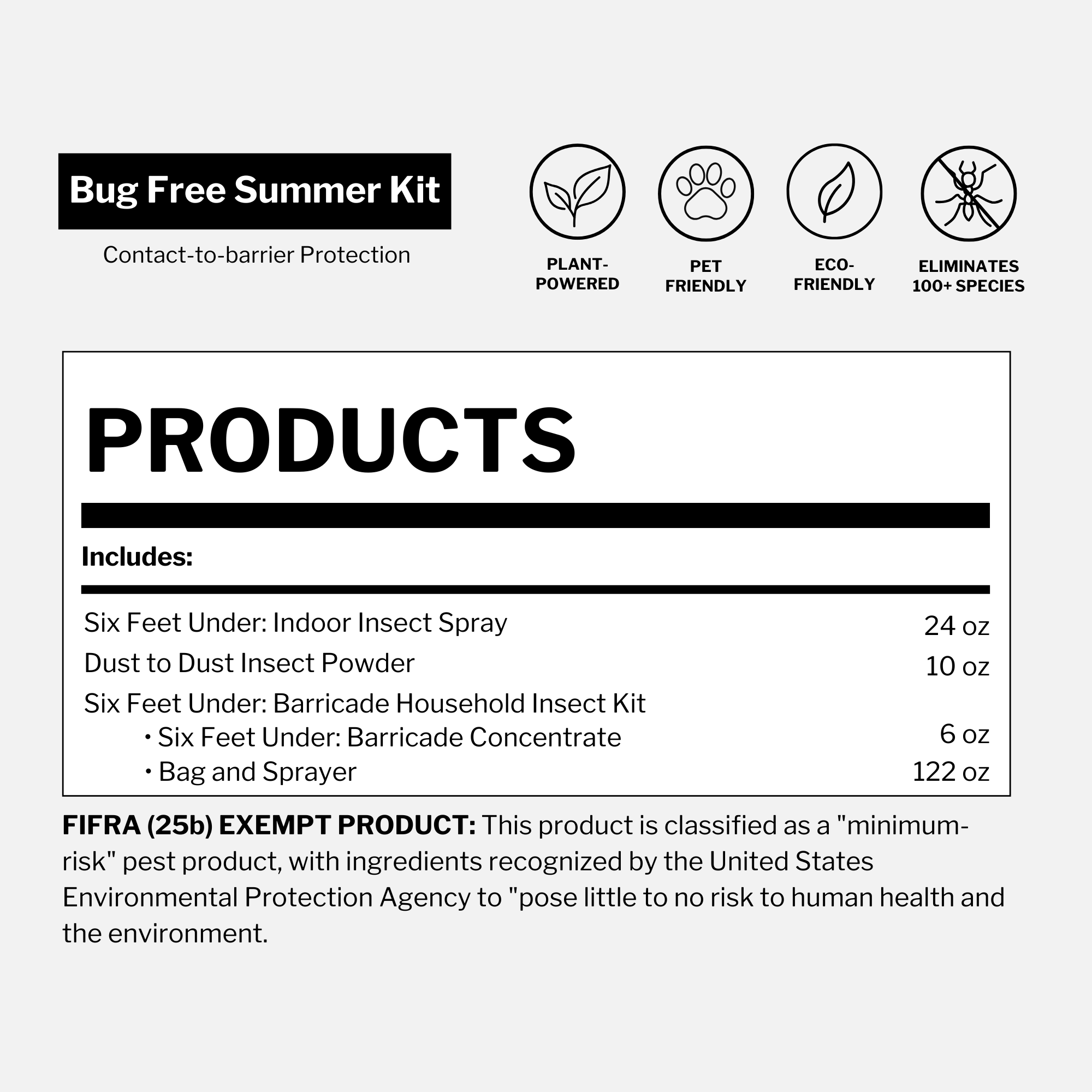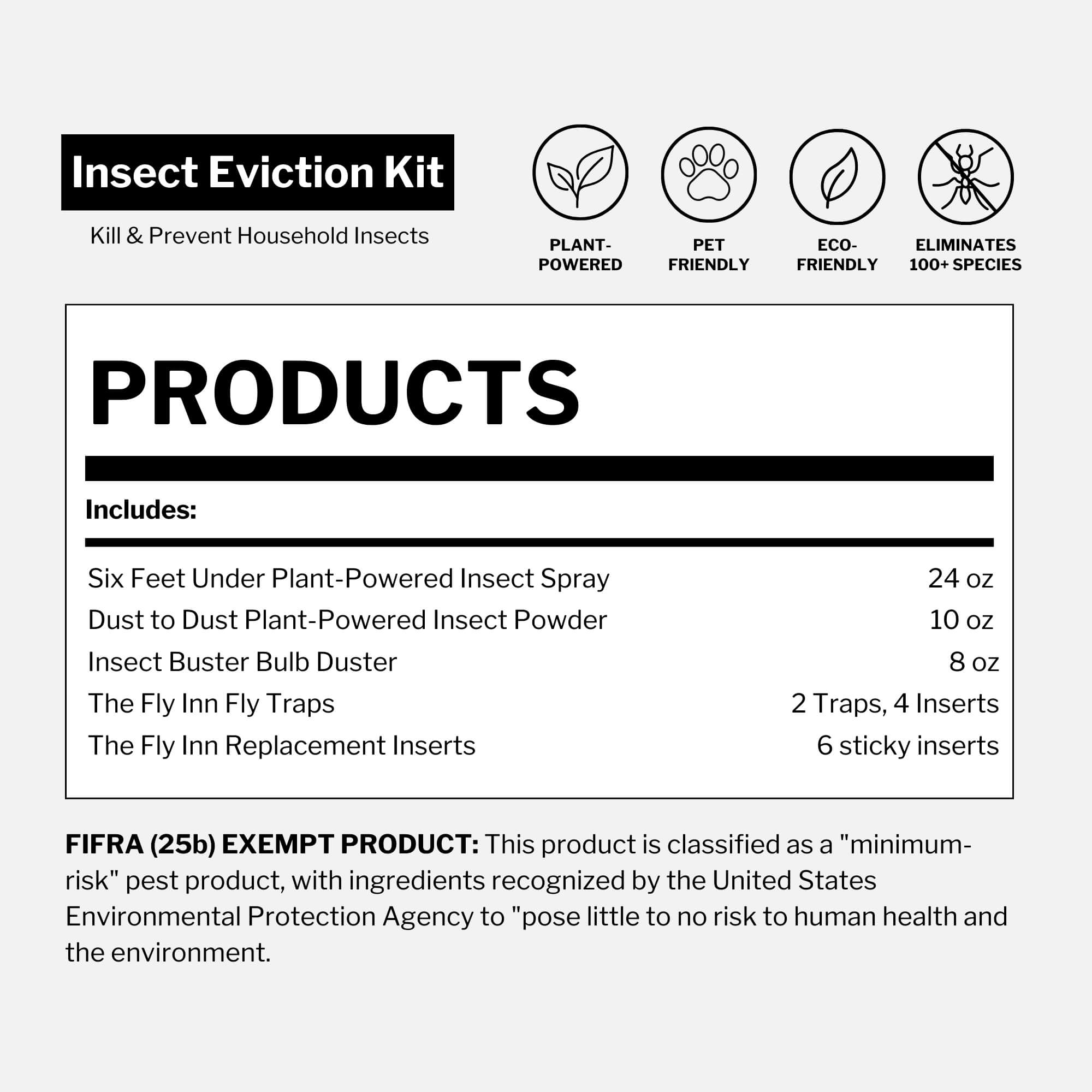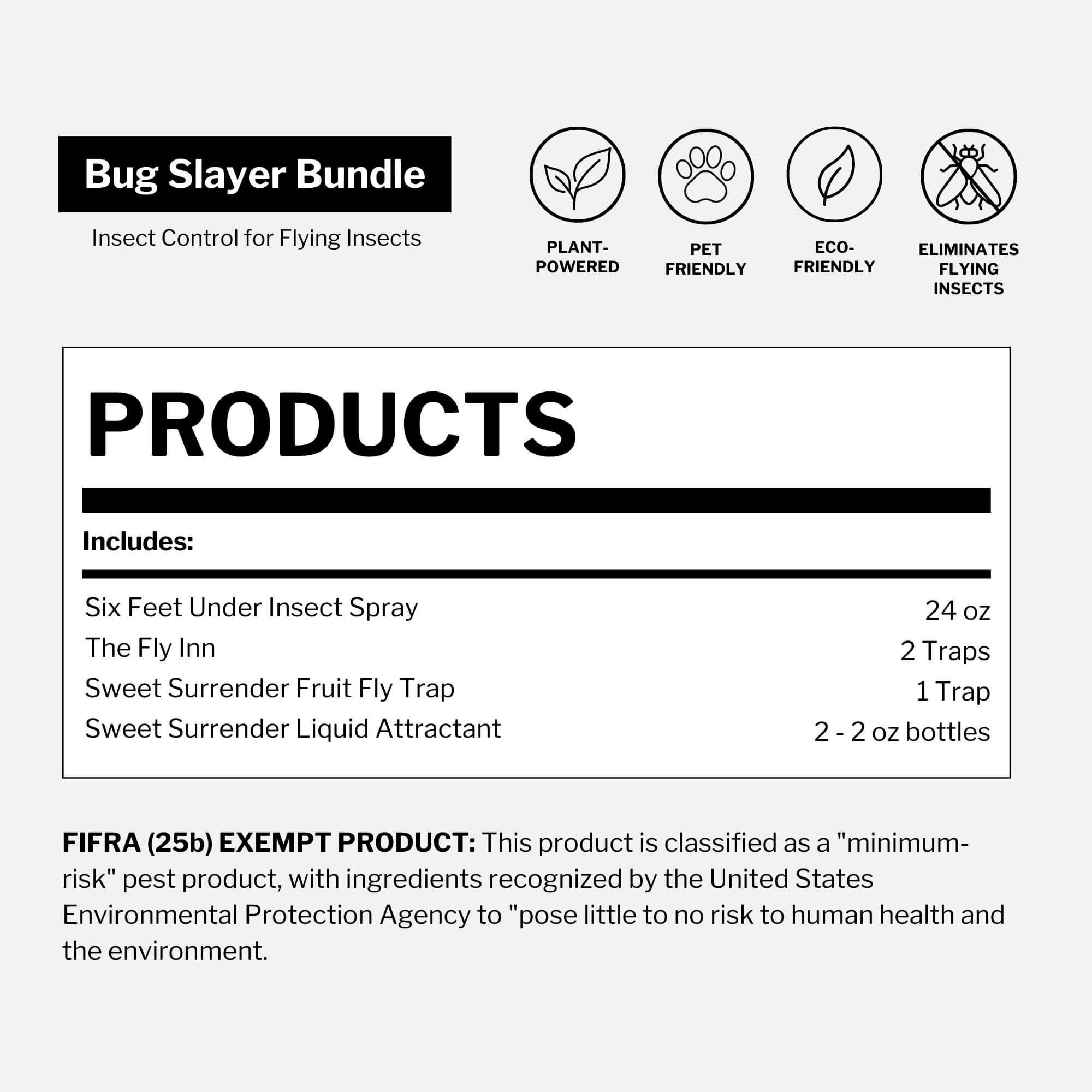Published June 8, 2023 • Updated November 15, 2025
Reviewed by Julie Miller, BA in Language Arts, Editorial Lead, Dr. Killigan’s
TL;DR: Most nighttime insect sounds are harmless and come from outside—usually crickets, katydids or cicadas creating chirps, rasps and steady buzzing from the grass and trees. Inside, the most common culprits are a stray cricket or a mosquito buzzing near your ear, while true scratching or scurrying in walls is almost always caused by rodents or other small animals, not insects.
At night, when the house finally settles and the lights go out, even small sounds feel louder. A sudden chirp, a steady buzz or a sharp click can make you stop and wonder: What’s out there? And is it normal?
Some patterns can help you quickly identify what you’re hearing and whether it’s coming from your yard, your porch light…or inside your home.
Let’s break down the most common nighttime insect sounds and what they mean.
What insects make noise at night? Here’s how to identify those chirps, buzzes and clicks
When the house is finally quiet, even a small noise can feel enormous. A sharp chirp outside the window, a rough click from the trees, a distant, rising buzz—suddenly you’re listening for every sound and wondering what’s out there.
The reassuring truth is that most of these noises are simply insects talking to one another, not warning signs of an infestation. Once you know who’s “speaking” and what their calls mean, those mysterious nighttime sounds become much easier to interpret.
How to identify nighttime insect sounds (quick guide)
Before we meet the main “musicians,” here’s a fast sound map you can refer back to when you’re trying to decode bug sounds at night.
Chirping
Most likely: Crickets
What it sounds like: Repeating notes, almost like a tiny violin or metronome
Where you’ll hear it: Near foundations, patios, gardens; sometimes from a room where a cricket wandered in
Raspy “katy-did” calls or clicks
Most likely: Katydids
What it sounds like: Clicks, rasps or “katy-did, katy-didn’t” phrases, often higher in pitch than crickets
Where you’ll hear it: Trees, shrubs, tall grasses—usually above ground level
Loud, steady buzzing
Most likely: Cicadas
What it sounds like: A long, continuous buzz or drone that rises and falls, often created by many individuals at once
Where you’ll hear it: High in trees, especially on hot days and warm evenings
Buzzing near your ear
Most likely: Mosquitoes, gnats or midges
What it sounds like: A high-pitched whine that gets louder as the insect gets closer
Where you’ll hear it: Near beds, lamps and windows, or in rooms with open doors and screens
Scratching in walls
Most likely: Not insects
What it sounds like: Scrapes, gnaws, thumps or running sounds inside walls or ceilings
Where you’ll hear it: Behind drywall, in attics, between floors
What it usually means: Rodents or other small animals—insects don’t have the size or strength to create those sounds.
The main insects that make noise at night
If you’re trying to identify noisy insects at night, three groups account for almost all the sounds you hear outdoors: crickets, katydids and cicadas. Each has its own way of making sound and its own signature style.
Crickets: the classic chirpers

Crickets are the soundtrack of late summer nights. Their song comes from a process called stridulation—the male rubbing one wing’s rough, scraper-like edge against a serrated ridge on the other, using specialized “stridulatory organs” built just for making that chirp.
That friction creates the familiar chirp, repeated in patterns that can change with temperature, time of night or the type of message being sent.
Why crickets make noise at night
Cricket songs are first and foremost about courtship. Males call to:
- Attract females
- Warn off rival males
- Communicate their presence in a territory
Night offers cooler air, fewer visual predators and a quieter background, so their calls carry farther and stand out more clearly.
Where you’ll hear them
- Along foundations and fences
- In lawns and gardens
- Under decks and porches
- Occasionally indoors (through gaps under doors or torn screens)
A single cricket that wanders into a house can sound surprisingly loud, simply because everything else is quiet.
Katydids: the clicking and rasping "leaf bugs"

Katydids are masters of disguise, often shaped and colored like leaves. Their sounds, however, are anything but subtle.
Like crickets, katydids produce sound through stridulation, but their wings have specialized stridulatory veins with tiny tooth-like structures. When a katydid rubs its wings together, those teeth slide against each other in rapid motion, producing clicks, rasps or the famous “katy-did, katy-didn’t” pattern. That wing-rubbing system can create a surprising range of sounds, from soft and subtle to sharp and piercing, which is part of what makes katydid calls so distinctive.
Why katydids make noise at night
Katydid calls are complex and species-specific. Males use them to:
- Attract females during the mating season
- Signal their fitness and strength
- Establish territory
- Sometimes warn of danger or compete with other males
To a listening female, details in the pattern and rhythm can offer clues about the male’s health and suitability as a mate.
Where you’ll hear them
- High in trees, especially along forest edges
- Shrubs and hedges near homes
- Tall grasses in fields and overgrown lots
Their calls blend into the background for some people; for others, the rasping or clicking is one of the first signs that late summer has arrived.
Cicadas: the loud buzzers in the trees
Cicadas are the power vocalists of the insect world, creating some of the loudest buzzing insects at night. Their sound can be startling the first time you hear it—especially when a large group calls together.
Instead of rubbing body parts together, cicadas use a pair of ribbed membranes called tymbals, located on their abdomen. When a cicada contracts its muscles, those membranes buckle in and spring back out, creating vibrations.
A hollow cavity inside the body acts as a resonating chamber, channeling the vibrations from the tymbals and amplifying them like a tiny drum or speaker.
Why cicadas make noise at night
Cicadas call to:
- Attract mates (each species with its own distinct "song")
- Signal presence and territory
- Coordinate group behavior
- Potentially confuse or deter predators through loud, collective choruses
Not all cicadas are strictly night-time callers; many are most active during the day or at dusk. On very warm evenings, though, their buzz can carry well into the night.
Where you’ll hear them
- High in trees and woodlands
- Along forested streets and parks
- Around sunny, tree-filled yards
Because they call from above, cicada sounds feel like they surround you, echoing through the canopy rather than from the ground.

What insects make noise at night inside your house
Most of the nocturnal “music” you hear is outdoors. Still, when you’re dealing with insects that make noise at night in the house, there are only a few likely culprits.
Insects you might actually hear inside
- Crickets. A single house cricket trapped behind a bookshelf or appliance can chirp for hours at night. The sound is the same as outdoors—rhythmic and musical—but seems louder in a quiet room.
-
Mosquitoes, gnats and midges. These insects don’t sing in the same way as crickets or katydids, but their wingbeats create a high-pitched whine, especially as they approach your head or ears. That close-up buzzing is usually what wakes people.
- Occasional moths. A moth fluttering around a lamp or ceiling fixture can create soft taps or bumps as it hits the surface.
No, insects are not “scratching in your walls”
If you’re hearing:
- Scratching
- Gnawing
- Thumping
- Running sounds between walls or above ceilings
that’s almost certainly not insects. Rodents and other small animals have the weight and claws needed to make those noises. Insects simply don’t.
If those sounds are persistent or getting louder, it’s worth speaking with a local professional who handles wildlife or rodent issues.
Are nighttime insect sounds a sign of a problem?
In most cases, no.
Nighttime insect sounds are simply part of a healthy outdoor ecosystem.
You may want to investigate further if:
- The noise is clearly coming from inside your home
- You're being bitten by mosquitoes or see swarms indoors
- You notice signs of rodent activity in addition to sounds (droppings, gnaw marks, damaged food packaging)
Otherwise, the chirps, clicks and buzzes you hear after dark are insects doing what they’ve done for thousands of years: communicating, courting and surviving.
A different way to listen: nature’s night-time orchestra
Once you know who’s making which sound, nighttime can feel less mysterious and more like a concert:
- Crickets keeping rhythm at ground level
- Katydids layering in their rasping calls from the trees
- Cicadas adding a rising and falling chorus from the canopy
What might have felt like random noise becomes a living pattern—messages passed back and forth in the dark.
The next warm night, if you can, step outside for a moment. Listen for the chirps, the clicks, the distant buzz. Knowing who’s “playing” each part can turn anxiety into appreciation—and remind you just how alive your yard really is, even after everyone else has gone to bed.
At Dr. Killigan’s, we hope that knowing the story behind these sounds brings you a little more Confidence, Peace and Control— even after dark.





















